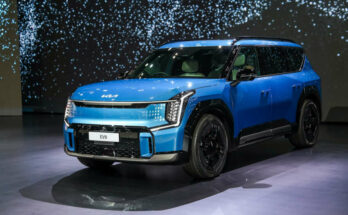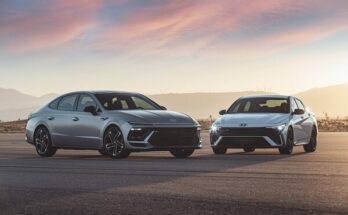Hyundai’s funky crossover Kona debuted in 2017 and received a facelift in 2020. Now the South Korean automaker has unveiled the all-new fully redesigned second-generation Kona which will go on sale from 2023 onward.
According to Hyundai, the all-new Kona was designed first and foremost to be an electric vehicle (EV) before being adapted for other variants. The EV version is joined by an internal combustion engine (ICE), hybrid electric vehicle (HEV) and N Line models, all of which share the same architecture but are set apart by their distinctive styling.
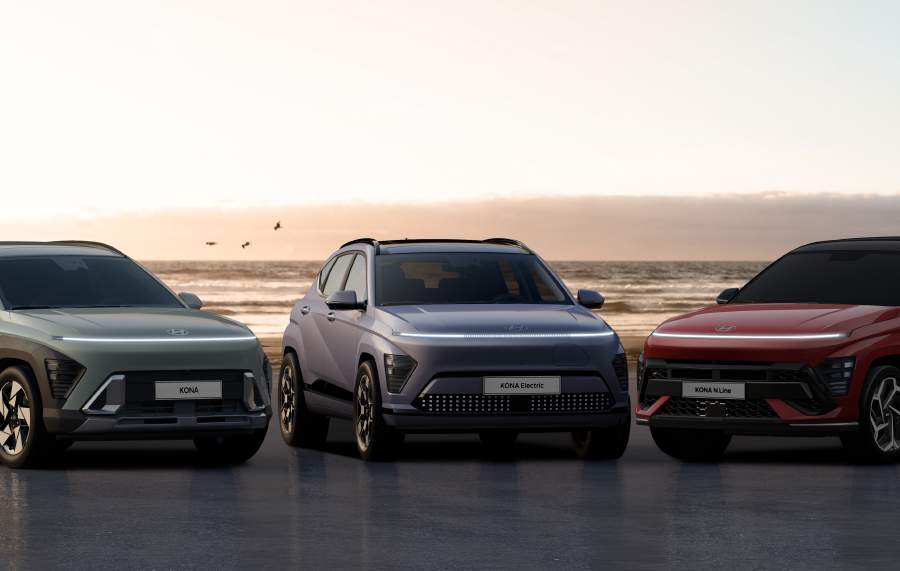
The design of new Kona looks clearly inspired by Hyundai’s recent cars such as the Staria, Stargazer and the Grandeur having a full-width light bar in the upper portion of its fascia. In the EV variant, the middle section of the light bar is pixelated (dubbed Pixelated Seamless Horizon Lamp). The pixel theme (referred to as Parametric Pixels) is unique to the Kona Electric and extends to the lower intake grille, rear bumper, 19-inch alloy wheels and taillights.
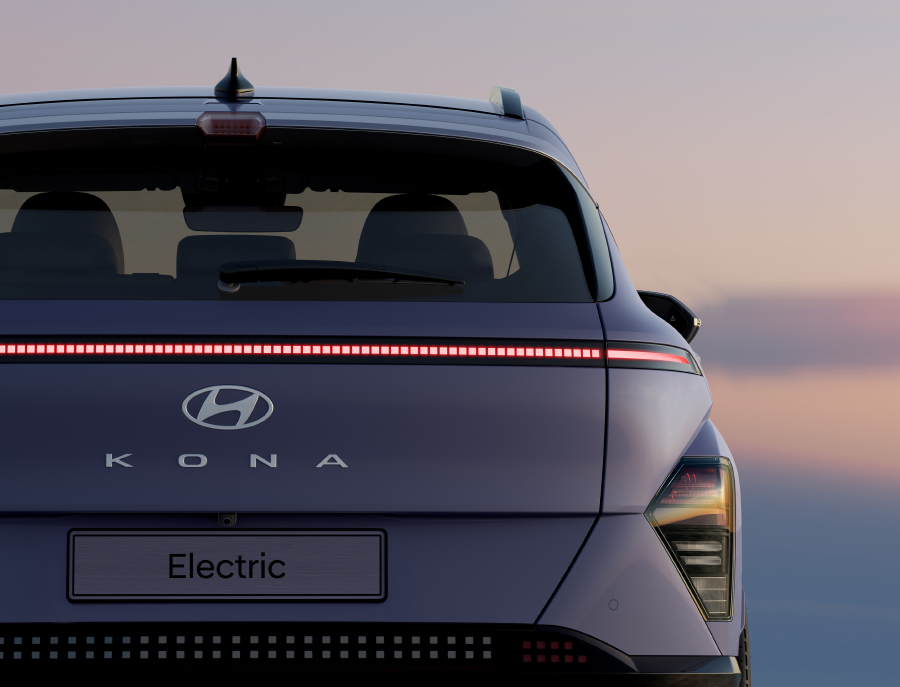
The regular Kona with ICE and HEV powertrains, get black wheel arch cladding as well as a rugged bumper and skid plate design. Meanwhile, the Kona N Line has sportier bumpers front and rear, distinctive 19-inch alloys, silver side skirts, a wing-type spoiler, a twin muffler and optional black side mirrors and roof. All versions of the Kona also exhibit the brand’s signature parametric surfacing where the sharp diagonal crease of the sides connects the satin chrome moulding from the belt line to the spoiler, creating a contour that wraps around the entire vehicle.
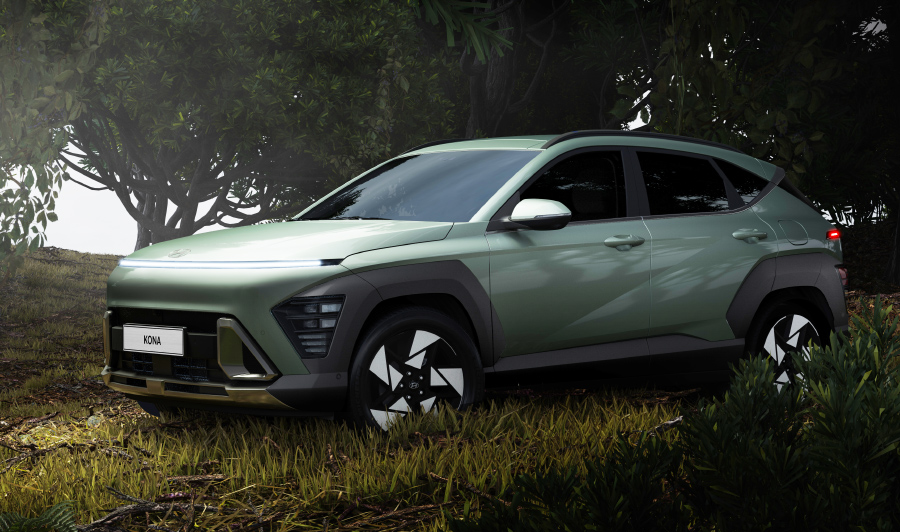
In terms of dimensions, the 2nd gen Hyundai Kona has grown to 4,355 in length, which is 150 mm more than before. Width has also been increased by 25 mm to 1,825 mm, while the wheelbase now spans 2,660 mm which is 60 mm greater than before. The lengthened wheelbase allows for more space inside the cabin.
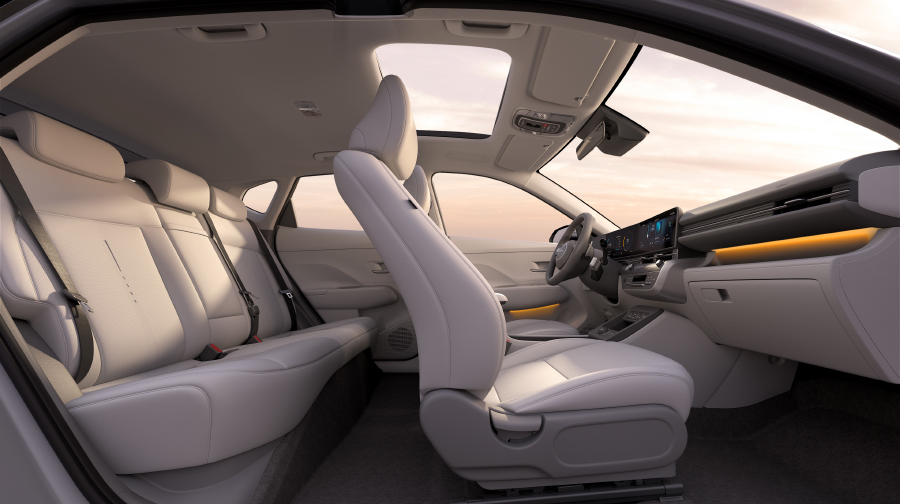
The interior seems inspired by the Ioniq 5 with the horizontal dashboard featuring rectangular air vents and host dual 12.3-inch displays. While the upper portion does bear some resemblance to the Ioniq 5, the Kona’s center stack is noticeably different due to the abundance of physical controls for the media and climate control systems. Hyundai has relocated the column type shift-by-wire from the center console to behind the steering wheel, it provides an uncluttered layout and additional space for belongings in the central tunnel, according to the automaker.
Related: Kia Debuts the All New Niro
Hyundai hasn’t released Kona’s technical information regarding engine & transmission and battery & motor for the Kona EV. However it will do so in forthcoming ahead of the formal launch. What is your opinion on the 2023 Hyundai Kona, let us know with your comments.
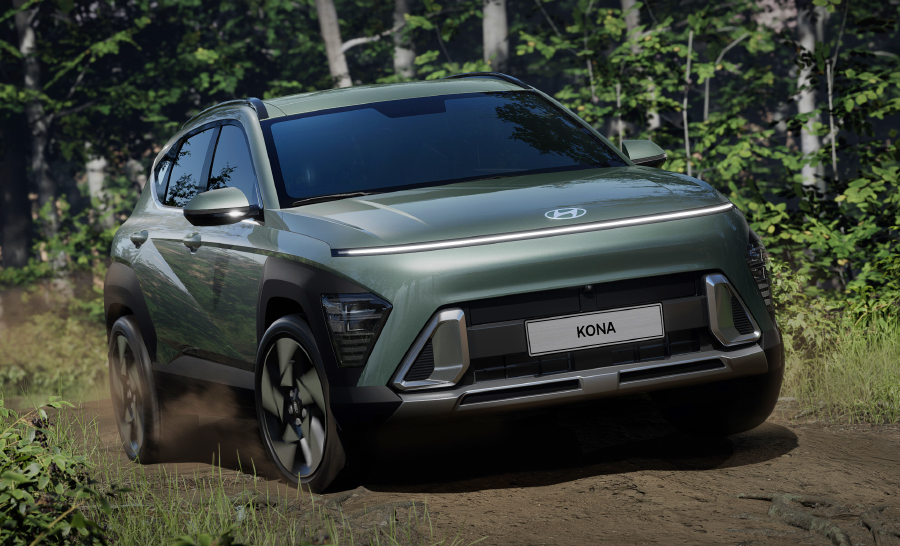

A computer animation professional with over 23 years of industry experience having served in leading organizations, TV channels & production facilities in Pakistan. An avid car enthusiast and petrolhead with an affection to deliver quality content to help shape opinions. Formerly written for PakWheels as well as major publications including Dawn. Founder of CarSpiritPK.com

